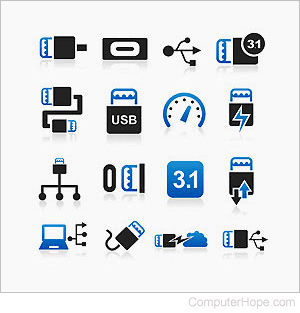Logical drive

A logical drive is a portion of a storage device designated by the drive letters in the My Computer window or Windows Explorer window in the Microsoft Windows operating system. Computers have a C drive, a logical drive designated as "C:". Some computers have additional logical drives, depending on how the manufacturer sets them up.
When a hard drive is initially set up in a computer, it defaults to the C: drive. Additional logical drives can be set up by partitioning the physical hard drive. Each logical drive can be set up as a different size, but they are all still part of the one physical drive. Each logical drive can store different types of files or even different operating system installations, providing an option to boot to various operating systems. It's also possible to set up one logical drive with an NTFS (NTFS file system) file system and another with a FAT32 file system if needed.
How many logical drives can be set up on one physical drive?
On a single physical drive, you can configure up to 24 logical drives. For a computer with one physical drive with C: drive as its first logical drive, you can configure up to 23 additional logical drives on that drive's extended partition.
